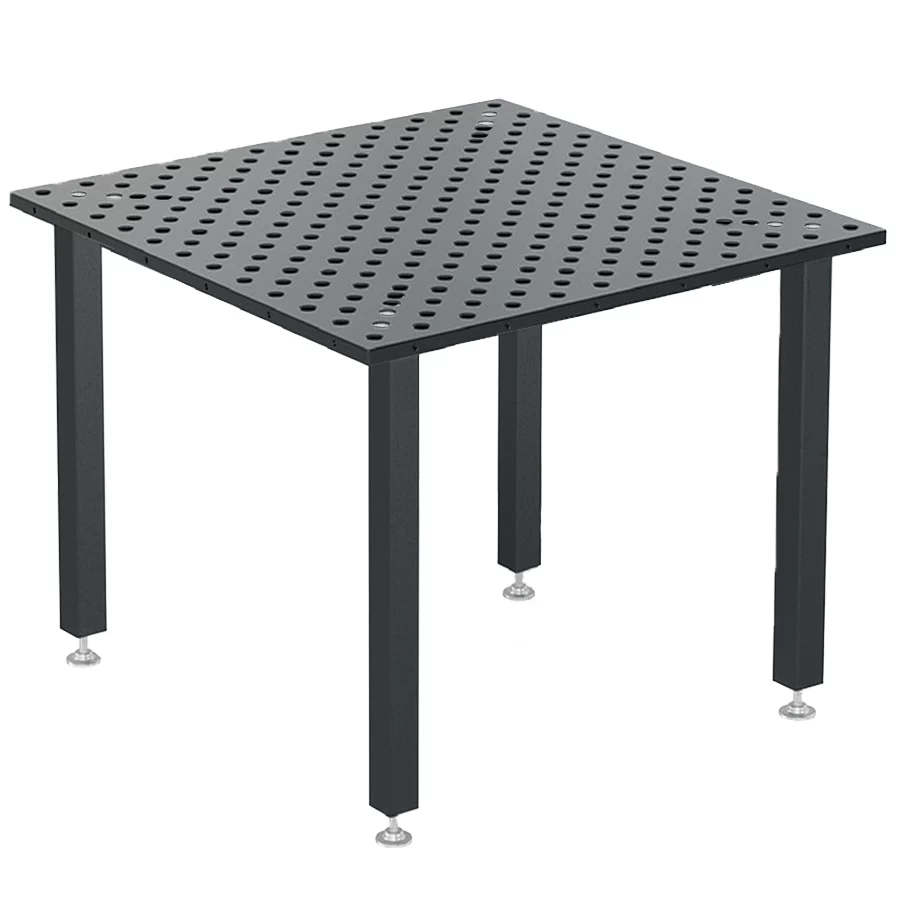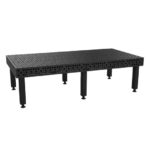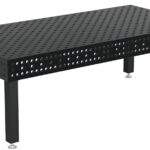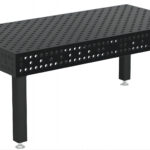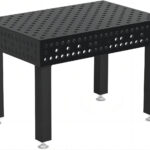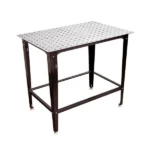When setting up a welding workspace, the choice of the welding table is pivotal. It’s not just about having a flat surface to work on; it's about having a robust, durable platform that can endure the heat and weight of welding operations. One of the most popular and reliable options for such tables is using a 1/2 steel plate. This article explores why 1/2 steel plates are ideal for welding tables, along with other options like adjustable steel tables and perforated steel plates, helping you choose the best setup for your needs.
Why Choose 1/2 Steel Plate for Your Welding Table?
A 1/2 inch thick steel plate offers exceptional durability and stability, crucial for precise welding. The thickness of the plate can handle high temperatures without warping, making it a preferred choice for professionals. Additionally, steel plates absorb and disperse heat effectively, protecting the structure of the table over time.
Types of Steel Tables for Welding
- Adjustable Steel Welding Tables: These tables come with adjustable features like height and angle, providing flexibility and comfort for welders. This adaptability is beneficial for handling different types of welding projects, from small, intricate pieces to larger, heavier components.
- Perforated Steel Plates for Welding Tables: Perforated steel plates are an excellent choice for reducing the table's weight and improving maneuverability. The holes in the plate allow for easy cleanup of debris and spatter, making maintenance simpler.
- Mobile Welded Steel Tables: For workshops that require mobility, choosing a welding table with wheels can be a game-changer. These tables allow for easy movement around the shop floor, bringing the workstation to the project rather than the other way around.
Common Applications and Scenarios
Welding tables are not just limited to traditional welding shops. They are also used in automotive repair shops, metal fabrication facilities, and even art studios where metalwork is involved. The choice of table can vary based on the specific application—perforated plates for lighter, cleaner projects, or solid 1/2 steel plates for heavy-duty work.
FAQs about Steel Welding Tables
Q: How do I maintain my steel welding table?
A: Regular cleaning to remove spatter and debris, along with periodic checks for rust and applying protective coatings, will help prolong your table's life.
Q: Can I customize the size and features of my steel welding table?
A: Absolutely! Many suppliers, including KT Foundry, offer customized solutions tailored to your specific needs. Whether it's size, thickness, or additional features like drawers and shelves, customization is often possible.
Q: What are the benefits of a steel top over other materials?
A: Steel tops offer superior durability, heat resistance, and stability compared to materials like wood or aluminum, which may deform or degrade under intense welding conditions.
Conclusion
Choosing the right steel for your welding table is essential for ensuring durability, efficiency, and safety in your welding projects. At KT Foundry, we understand the importance of quality and precision in welding practices. We invite you to explore our range of steel welding tables, from the robust 1/2 steel plate models to versatile mobile and adjustable designs. Visit our website at kt-foundry to discover products that meet your specific welding needs and to connect with our experts who can guide you through your selection process.

